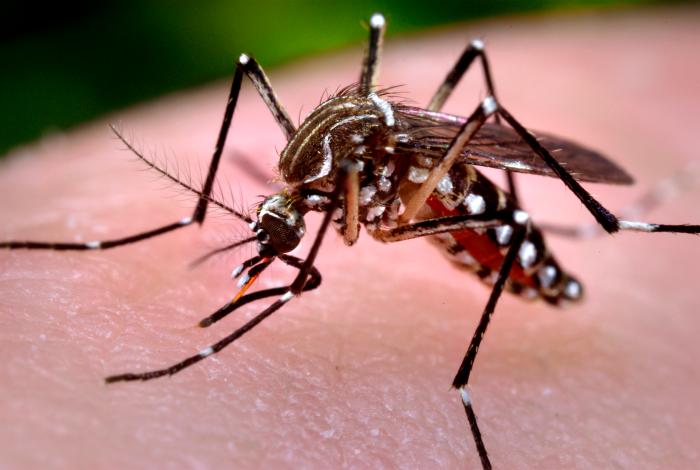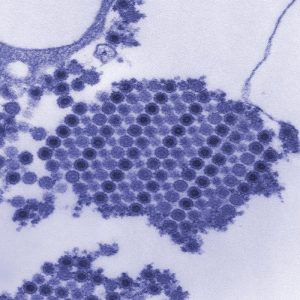“Two cases of Chikungunya have been confirmed in St. Martin following testing at the specialist laboratory in Marseille that returned positive results to Agence Régional de Santé (ARS) on December 5, 2013.” This was from a report on The Global Dispatch when the epidemic of local transmission of chikungunya started in the Western hemisphere.

Fifteen months later we see the total number of suspected and confirmed autochthonous eclipsing 1.3 million cases, according to the latest data from the Pan American Health Organization (PAHO).
During the past week, nearly 29,000 additional cases were reported from the countries of the Americas and the bulk of the new cases came from Colombia, Honduras and Brazil.
Colombia, which has been a hotspot for chikungunya in recent months, reported 14,638 new suspected and confirmed cases bring the country’s total to over 220,000. Only the Dominican Republic has seen more cases with over 500,000 cases.
In Central America, Honduras saw an increase of 11,265 cases bringing the total cases to 18,168.
Brazil, which has been the country with the most dengue fever cases for the past couple years, saw an increase of 1,339 cases putting their total over 5,000 cases.

Chikungunya virus is transmitted to people by mosquitoes. The most common symptoms of chikungunya virus infection are fever and joint pain. Other symptoms may include headache, muscle pain, joint swelling, or rash.
There is no vaccine to prevent or medicine to treat chikungunya virus infection. Travelers can protect themselves by preventing mosquito bites. When traveling to countries with chikungunya virus, use insect repellent, wear long sleeves and pants, and stay in places with air conditioning or that use window and door screens.
Related: Chikungunya outbreak in French Polynesia declared over


6 thoughts on “Chikungunya in the Americas: 1.3 million cases and counting”